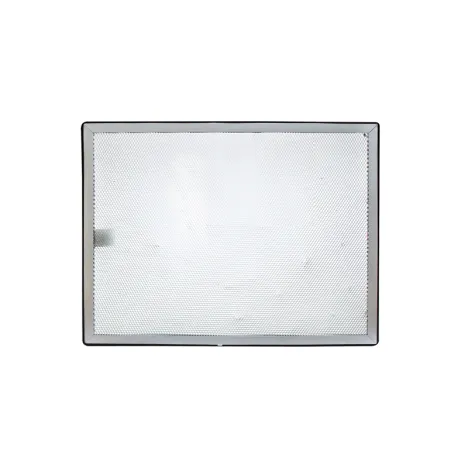Indoor air quality is a paramount concern, especially in today's world, where we spend the majority of our time indoors. Poor air quality can lead to various health issues, ranging from respiratory problems to allergies and more severe complications. In the pursuit of healthier indoor air, people often turn to air purifiers as a solution. One type of air purification technology that has gained attention is photocatalyst filters. But are they safe for indoor air purification? In this article, we will delve into the world of photocatalyst filters, exploring their benefits, potential risks, and overall safety.

Photocatalyst filters are a type of air purification technology that uses photocatalysis to break down and eliminate airborne pollutants. This process involves the use of a catalyst, typically titanium dioxide (TiO2), which is activated by ultraviolet (UV) light. When UV light interacts with the catalyst, it triggers a chemical reaction that decomposes organic and inorganic substances present in the air.
Effective Pollutant Removal: Photocatalyst filters are highly efficient at removing a wide range of pollutants, including bacteria, viruses, mold spores, and volatile organic compounds (VOCs). This makes them a valuable tool for improving indoor air quality.
Low Maintenance: Unlike some other air purification technologies that require frequent filter replacements, photocatalyst filters are relatively low maintenance. Once installed, they can operate for an extended period without the need for constant filter changes.
No Ozone Emissions: One significant advantage of photocatalyst filters is that they do not produce harmful ozone as a byproduct, unlike some ozone-generating air purifiers. Ozone can be detrimental to health when present in indoor environments.
While photocatalyst filters offer several advantages, it's essential to address potential concerns regarding their safety:
UV Radiation: The UV light used in photocatalyst filters can be a cause for concern if not adequately shielded. Prolonged exposure to UV radiation can harm human skin and eyes. Therefore, it's crucial for manufacturers to design these filters with proper safety measures in place.
Photocatalytic Byproducts: The chemical reactions occurring within photocatalyst filters may produce trace amounts of byproducts. However, rigorous testing and quality control can minimize this risk to ensure that the air remains safe to breathe.
To ensure the safety of photocatalyst filters for indoor air purification, consider the following guidelines:
Choose Reputable Brands: Opt for photocatalyst filters from reputable manufacturers with a history of producing safe and effective products. Research customer reviews and seek recommendations to make an informed decision.
Follow Manufacturer Instructions: Always adhere to the manufacturer's installation and maintenance instructions. This includes proper placement, replacing UV bulbs when needed, and conducting routine inspections.
Monitor UV Exposure: If you have concerns about UV exposure, consider using photocatalyst filters with built-in safety features, such as UV shields. Additionally, positioning the filter in an area where direct UV exposure to occupants is minimized can further enhance safety.
Regular Maintenance: Perform regular maintenance checks to ensure that the filter is functioning correctly. If you notice any issues, contact the manufacturer or a qualified technician for repairs.
In conclusion, photocatalyst filters offer a promising solution for indoor air purification, effectively eliminating a wide range of pollutants without emitting harmful ozone. However, like any technology, their safety depends on proper design, installation, and maintenance. By following safety guidelines and choosing reputable products, you can enjoy the benefits of cleaner indoor air without compromising your well-being.
Remember that indoor air quality is a multifaceted concern, and while photocatalyst filters can play a crucial role, it's essential to consider other factors such as ventilation, humidity control, and source control to achieve the best results in creating a healthy indoor environment.
Copyright:@2020-2021
Comments Please sign in or sign up to post.
0
0 of 500 characters used